
“Costa Rica is probably the nation in Latin America [with] the most diffuse identity,” says Alejandro Arturo, who records as OVSICORI and whose debut LP Bucle, is full of soundscapes inspired by the region’s botanical diversity. “We don’t have those big political milestones to share with our neighbors; it’s always been a land of multiple influences, so the country is just kind of a big and weird hodgepodge,”
For decades now, this Central American republic has been something of an international case study; it has no military forces, offers free public healthcare and education, and it has established federal conservation policies. It’s also gained a reputation as a paradise for foreigners in search of a tropical fix. But underneath the surface lies a decades-in-the-making feeling of cultural disenchantment among the local musicians.
As Arturo says, the history of Costa Rica is, indeed, diverse. Limón, the oft forgotten Afro-Caribbean province, is the home of legendary calypso musician Walter Ferguson. Guanacaste, the territory annexed from Nicaragua in the 19th century, brought the folkloric textures of guitar, marimba, and percussion of Nueva Canción Costarricense (the country’s answer to Spanish and Cuban trova), but those sounds never became part of the true pop mainstream. The closest Ticos got to a mainstream pop sound was during the chiqui chiqui craze in the late ‘70s and ‘80s, a movement that adapted songs from other latitudes and mixed them with influences from calypso, Colombian cumbia, and Dominican merengue.
Subsequent trends in Costa Rican music seemed even more comfortable with their Anglo influences, importing trends in rock and pop music and subtly tweaking them to generate local novelty (though little overseas notoriety). The best chance for international exposure arrived during the past decade, mainly steered by a grassroots indie scene that made its way to Coachella via garage rockers Las Robertas, and Austin City Limits and SXSW with the tropical psychedelia band Sonambulo. In recent years, many of the bands of this “golden generation” have either gone on hiatus, or their sound has become less popular.
In its place, a new Costa Rican musical scene has emerged, one centered around ambient music. This heterogeneous group of musicians have quickly adapted to the limitations of a country in fiscal crisis. The number of venues has steadily declined, so the country’s musicians have retreated to their laptops to “make weird noises in the corner,” as Esteban Mora, aka postestética antinihilista internacional, puts it.
Both Mora and Arturo agree that what binds these new projects together is a shared desire to simply create music for themselves, rejecting the idea of “breaking out.” “No one wants to be Aphex Twin or Autechre,” says Arturo. “There are influences—it’s the 21st Century and we’re all globalized. But the point is to not romanticize about it.” Mora agrees. “We’re all in the same boat, so we must break with old preconceptions,” he says. “Scenes died and—in the context of independent music—all genres coexist in marginality.”
Balpehor, commonly regarded as the forefather of Costa Rica’s ambient scene, started as the dark ambient side project of a member of the black metal act Morbid Funeral. Other early adopters include noise artists connected to the experimental music collective Extremos Sonoros—such as Antisentido, Aracnofobia, APF, The Wiesengrund Project—and the IDM musician Raido. This early group of artists inspired musicians like Carla Alfaro, of Blau Grisenc. “It’s easier to manage a so-called ‘bedroom project.’” she says. “This is greatly enhanced by the ease and access to free softwares, or cheaper controllers that don’t require such steep learning curves as, for example, a guitar or drums. This allows many musicians and non-musicians to approach new forms of creation and sound perception.”
And since the music is focused on deep listening, the physical spaces where these artists perform became even more important. Open-air events, like Jardín de escucha, and events that promote sustainability, like After Fería (which links with local farmer’s markets) are now home to artists at the forefront of the country’s experimental electronic music.
The diverse and somewhat disjointed manner in which all these ideas are materializing echoes the country’s fluid identity. As OVSICORI puts it, “That might be the trademark of this movement.”
Here are 10 artists who encapsulate Costa Rica’s unique ambient sound.
Begotten
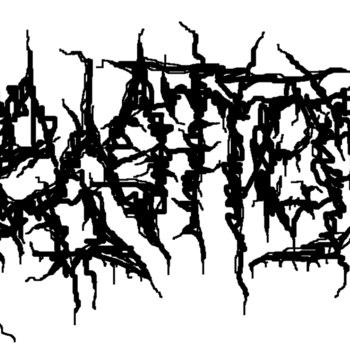

Sharing its name with an infamous cult classic film (E. Elias Merhige’s surreal, bloody Begotten, from 1989), this dark ambient project is both abrasive and challenging. The music has become more ominous with each new release, reaching a harrowing peak on 2020’s Eternidades en caos (Eternities in chaos). If you have a hard time picturing a Lovecraftian apocalypse taking place in the tropics, the desperate sirens and piercing sense of dread of “después del bombardeo” will help.
Blau Grisenc
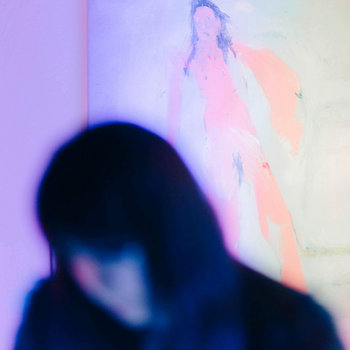

Carla Alfaro’s now-defunct project became popular because of the sense of intimate melody she brings to ambient compositions, which can sometimes seem aloof and depersonalized. From her debut Ópalo to her final double release Adiciones and Sustracciones (as well as in a series of splits with seasoned electronic acts), she evokes concepts like memory and nostalgia through carefully constructed atmospheres. Tracks like “9093” intertwine bright layers and bubbly percussion, contrasting with the more contemplative tone of tracks like “GASSS.”
capicva


Since the early 2010’s, experimental artist capicva, aka Andrés Gómez-Peńa, has been a staple of club night Glutamato. Earlier this year he emerged with Blondas I, his first “real” album after a series of internet loosies. “Blonda 1” features droning sitar-like samples, and “Blonda 2” adds in mystic chanting and East Asian bell sounds that imbue the track with an almost devotional feeling.
EUS

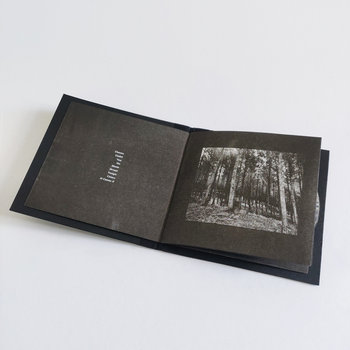
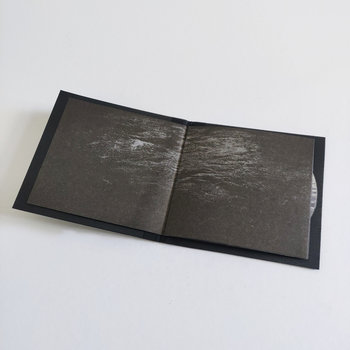

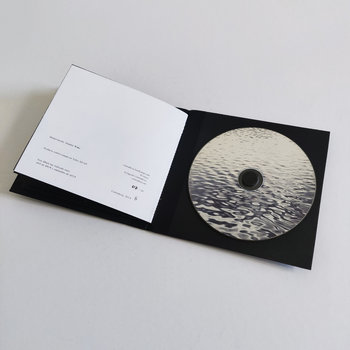
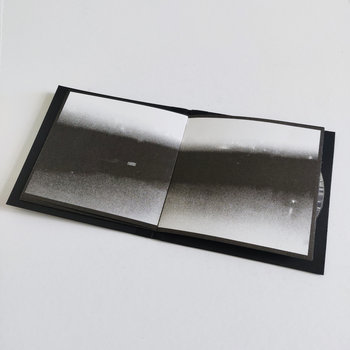

Compact Disc (CD)




José Acuña’s name comes up often in discussions of Central American experimental music. Under the monikers Lioth, Claro de Luna, and Ett Abigail, he has explored the sonic possibilities of post-metal, progressive metal, and noise, respectively, leaving his most abstract tendencies for EUS. In this project, he meshes gritty industrial textures, airy symphonics, and gloomy synths on tracks like the dark-edged “Unidad,” from Devenir.
Fross
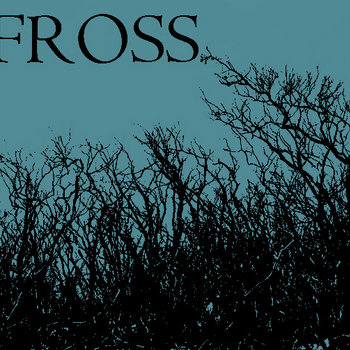

Using cold modular drones as its foundation, Fross’s music seems to invoke the landscapes of Norwegian forests rather than Costa Rica’s “living Eden.” On releases like 2019’s Canvas, this Cartago native conveys the unnerving stillness of Costa Rica’s less-advertised misty mountains through dark harmonies, deep synth hums, and windy textures.
Multitud


Multitud’s 2019 single “Ahora a donde,” one of animation artist and musician Sebastian Fallas’s best-known compositions since his 2017 debut, finds inspiration in the iconic xylophone melodies of Donkey Kong Country 3, then filters them through Fallas’s meditative soundscapes. The result is a unique blend of tropical ambient and 8-bit aesthetics. Multitud stands out as one of the Costa Rican ambient scene’s most distinctive projects.
OVSICORI


When he worked under the alias of Pólux (he now goes by El Rayo), Alejandro Arturo was known as one of the main visual artists in San José’s early ’10’s indie music scene. In 2017, he decided to escape the urban swarm of the country’s capital, and began stripping down the noise rock of his then-band Karaoke Pánico to its most basic elements. Now, with his current project OVSICORI, his focus is on creating environmental soundtracks that explore humanity’s relationship with nature. On his 2017 debut Antes, this meant a focus on mysterious drones inspired by the pre-Columbian transcontinental voyages of Aboriginal Australians to South America. With sophomore album Bucle, he uses vibrant modular synths to parallel the dynamic life cycle of Costa Rica’s botanical landscapes (just listen to the vigorous crescendo that guides the final minutes of “Horizonte O” before it eventually fades away in a sea of dissonance).
quilting
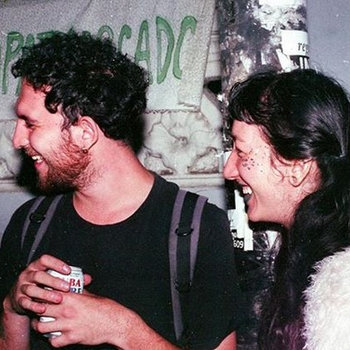

San José’s quilting is an ambient project from two important figures in the Costa Rican hardcore punk scene: Jennifer Karczynski of primavera and Johan Stoltz of Ladrona. Quilting’s debut, por ahora, transforms punk anguish into melancholic vignettes with alluring chamber pop harmonies and baroque electronics, creating hybrid ambient gems like “típico orión” and the excellently-titled “espero que te mueras (metaforicamente)” (I hope you die [metaphorically]).
SOLM
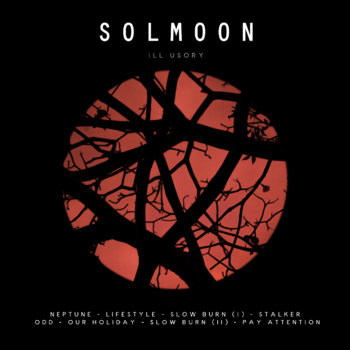

Evolving from her previously known synthpop alias, Mimus, Rebeca Solm now makes music under her own name. If her recently released voices is any indication, the change of moniker also signifies a change in direction, exploring a coarser approach to composition. The album’s centerpiece, “Slow Burn (ii),” creates a dark ambient-style sense of dread via walls of distortion. The occasional intermissions of clean guitars and whispered vocals showcase the surprising tenderness resting just beneath the maelstrom.







